Automated Storage and Retrieval Systems (ASRS) are a tool used to efficiently store and retrieve items within a warehouse. Malcolm Druce, Managing Partner at BPS Global Australia talks about how recent advancements in technologies are making it more flexible, cost-efficient and accessible for facilities to maximise storage density.
ASRS provide a vast array of benefits, not least of which is accuracy and physical storage. Where there is a hybrid human to robot production line, ASRS improves ergonomics by delivering items to humans at perfect height, meaning less time walking, lifting, bending, stretching and twisting.
According to the Annual Industry Survey conducted by MHI and Deloitte, doing this correctly increases labour productivity by 85%, an astronomical figure when considering the sector’s diminishing workforce and increased consumer demand.
Historically, ASRS are mega structures, above or dug into the ground and measuring several storeys high, costly and challenging to maintain. Barriers to entry from install costs, as well as lengthy payback times have reserved these systems for companies with sizable volumes and capital, making it difficult for smaller or emerging players. Whilst traditional ASRS can handle different volumes, types and velocities of non-palletised inventory at variable speeds, they require a 15 to 20 year average payback to meet throughput demands on a 30 meter tall space.
Also, these solutions require an engineered floor in order to work, because the vehicles that move two-way and four-way do so at a speed of three to four meters per second – posing serious risks to safety if not installed correctly. Because of these stringent flooring requirements, traditional ASRS needed to be installed when moving into a new, purpose built facility with compliant flooring.
Commonly, upon moving to a new warehouse the flooring is installed, the ASRS is built and clad, the roof is added and the equipment remains in place for around 20 years. These facilities might reach 25 – 30 or more meters high and the payback time can be very long, making them difficult to maintain. This, paired with post-covid shopping demands has opened the market for alternative and more effective solutions.
As Vineet Gupta, partner at McKinsey & Company explains “Material handling has always been about keeping up with changing technology. Whichever pathway is the best fit, manufacturers will need to pursue higher levels of automation through improved cost efficiencies to release resources for investments, enhanced digital technologies, and advanced-analytics capabilities.” This sentiment is echoed by Gartner who predicts that by the end of 2023, 50% of supply chain organisations will invest in applications that support artificial intelligence and advanced analytics capabilities, particularly in the ASRS space.
With the new choices available, customers need education and consultancy as according to the 2022 MHI and Deloitte Annual Industry Report, the lack of a clear use case was the number one barrier in adoption of new technologies. The report specifically highlights the advancements in the ASRS space as well as the importance of engaging a Supply Chain partner who has extensive experience with warehousing optimisation.
Innovators in robotics, automation and technology are now disrupting the space, with many cheaper, more accessible and more precise options on the market. For example, unlike the heavily engineered floor requirements of traditional ASRS solutions, new technologies are emerging which only require a flat, level floor, and aren’t built up as high. As well as being cheaper upfront, these solutions offer quicker paybacks and the ability to retrofit them into existing warehouse spaces with a floor that isn’t quite perfect.
In case you missed it: Australia’s e-commerce boom: is agile automation the answer?
Italian company Eurofork are leaders in this field, providing single, double or triple deep telescopic pallet shuttles for warehouses. Their compact designs comprise both fixed and mobile elements which guarantee absolute positioning precision, even up to -40 degree celsius environments. By maximising the depth of storage (in double or triple deep solutions) and moving stock bilaterally, they’re able to deliver greater efficiency in smaller sized warehouses.
The Chinese company Megvii developed a 3D pallet shuttle which is the next evolution of pallet shuttles, providing ASRS powered by AI algorithms, machine and computer vision to achieve a storage capacity three to five times that of a traditional warehouse design. Like Eurofork, Megvii’s standard flooring requirements open up opportunities to retrofit, saving companies in both capital and return on investment.
These solutions are significantly cheaper, have less stringent flooring requirements and offer more flexible operations and faster locate and retrieve throughputs, means faster payback for companies and a stronger supply chain.


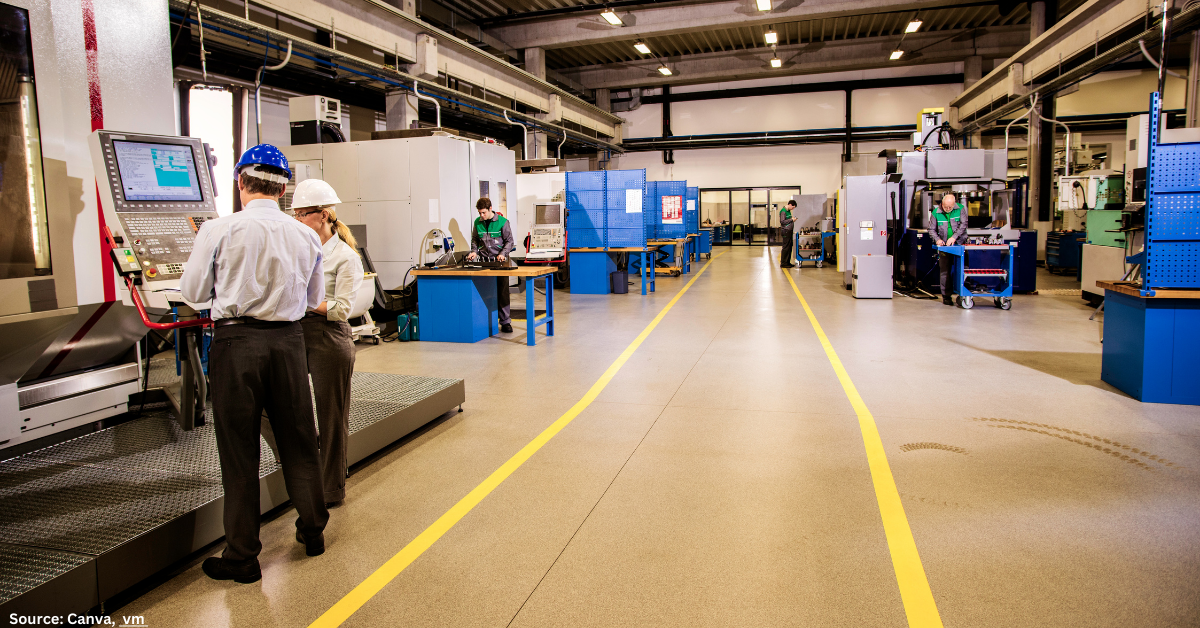

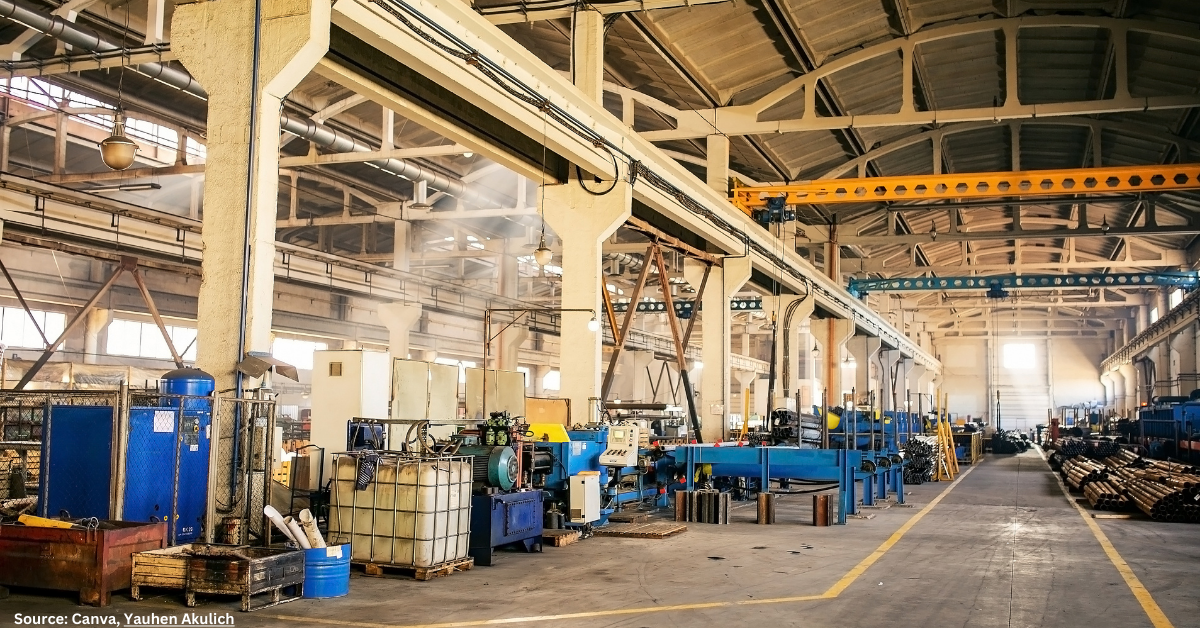







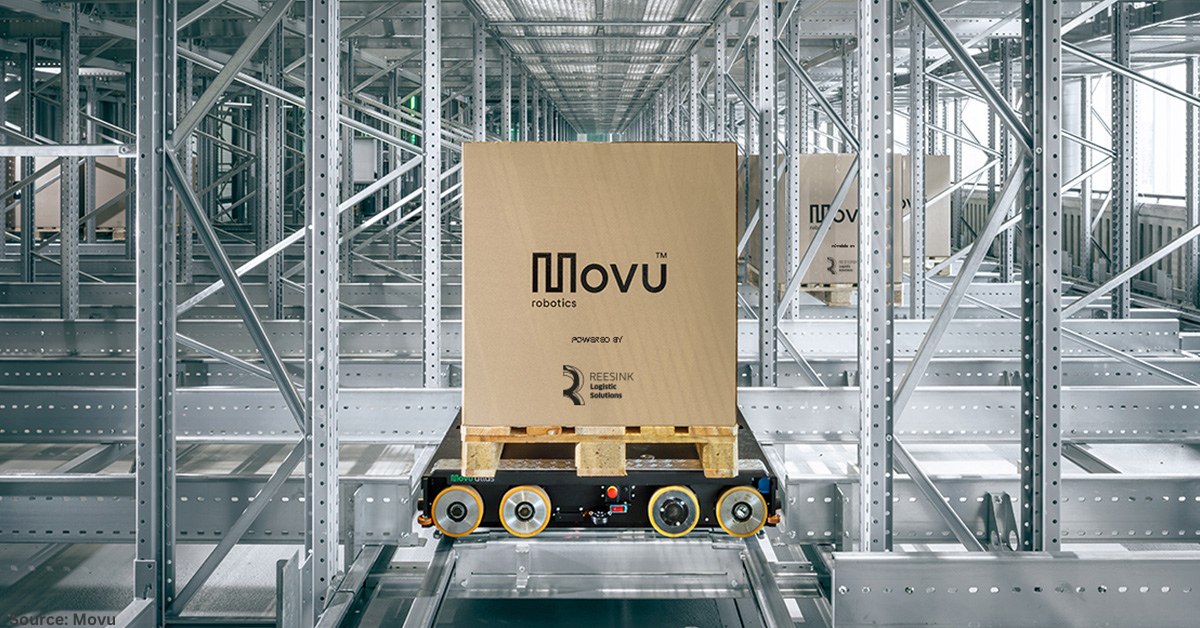














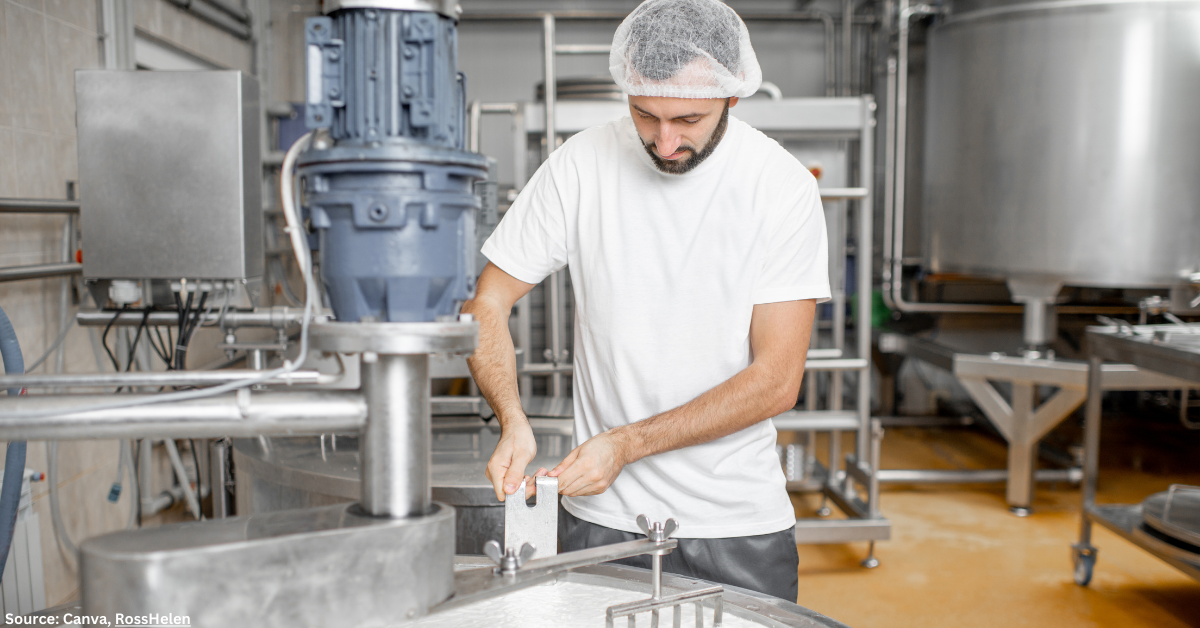













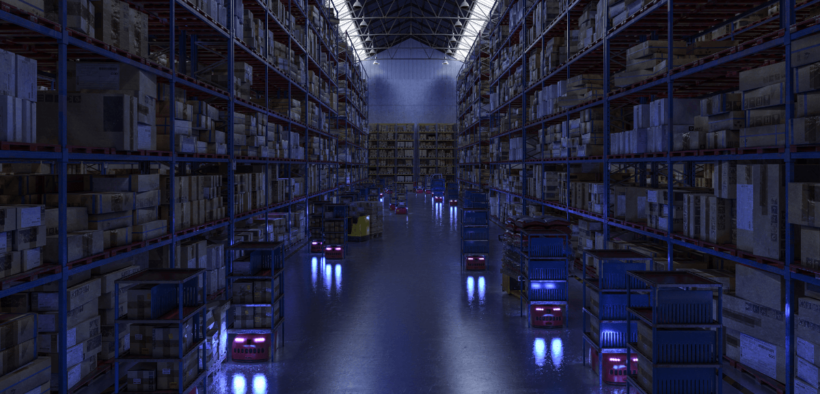















Follow us on social media